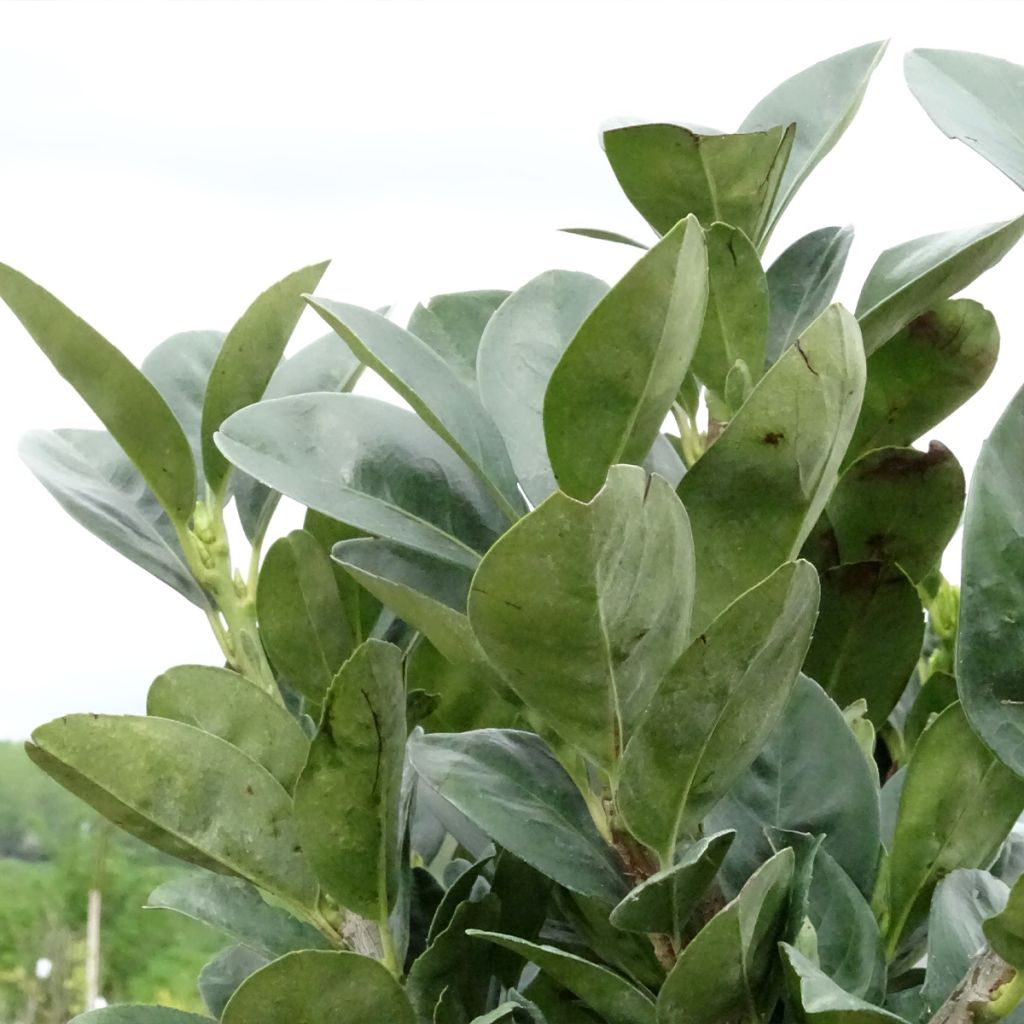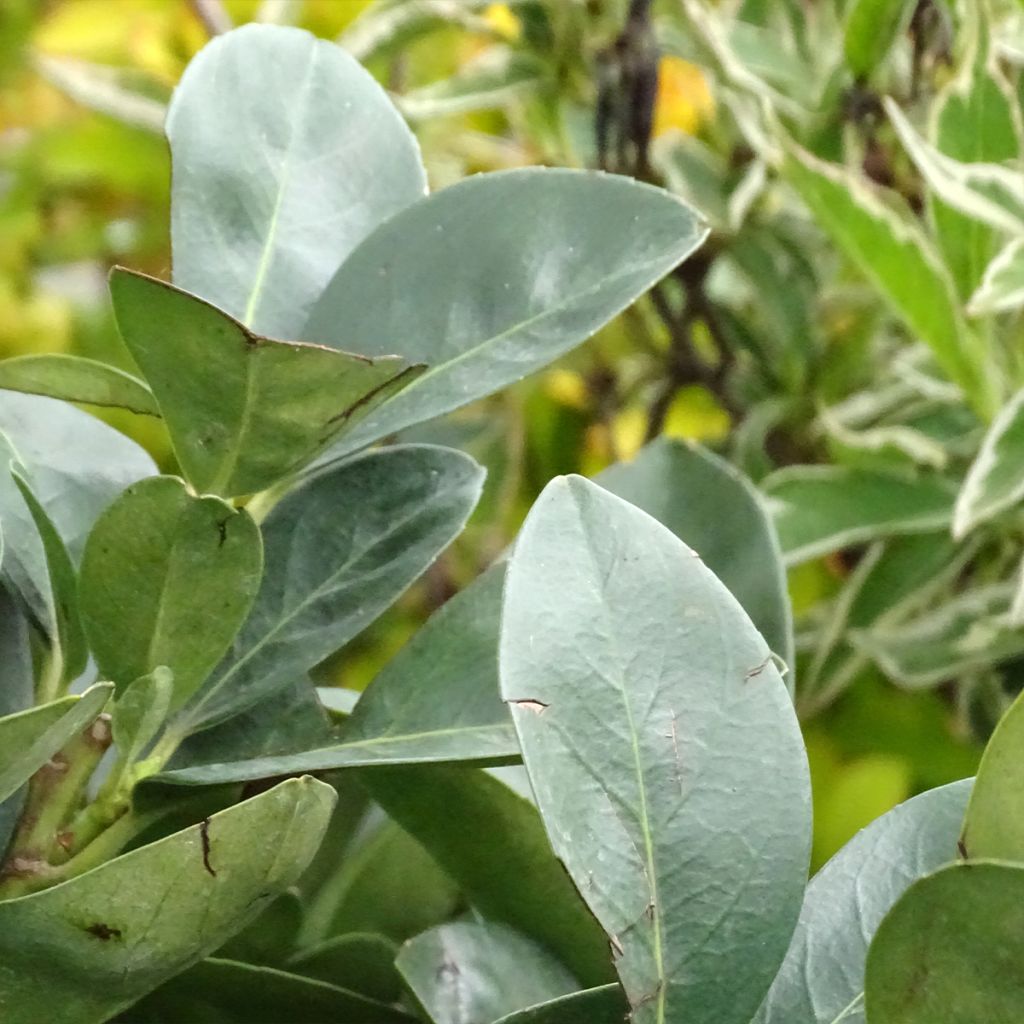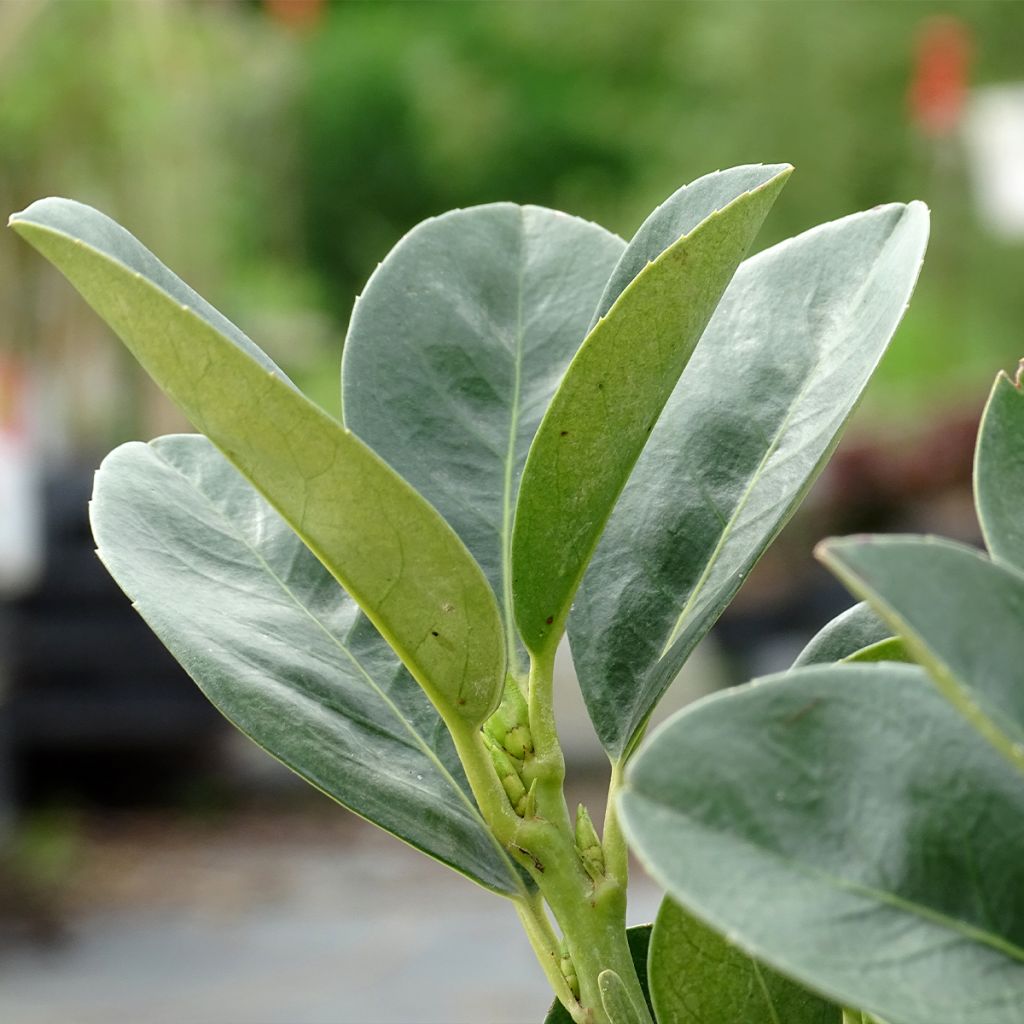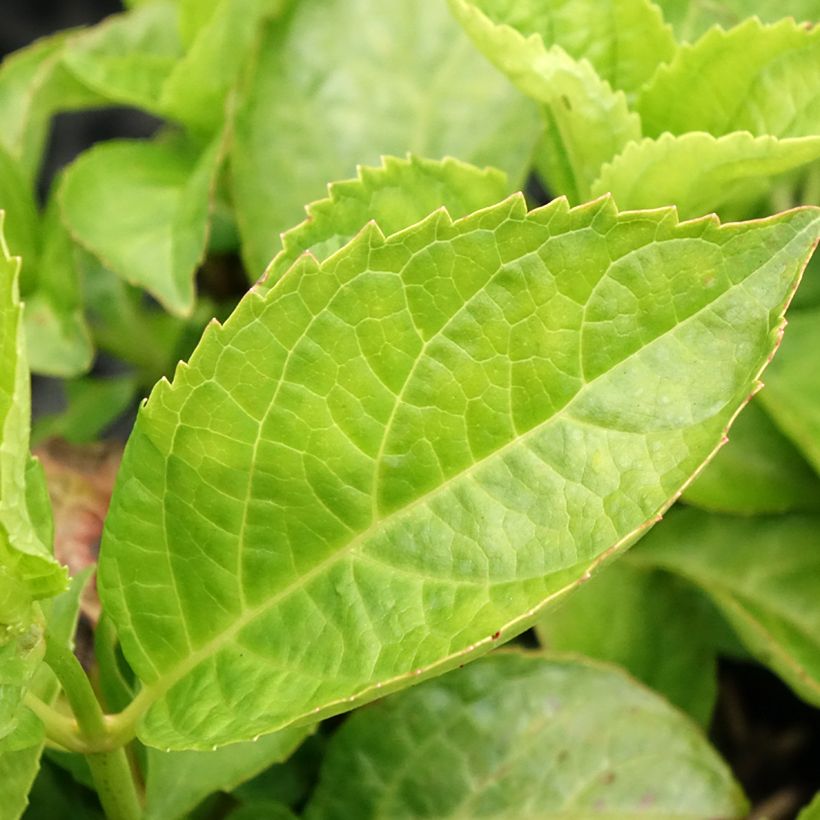Shipping country and language
Your country of residence may be:
Your country of residence is:
For a better user experience on our website, you can select:
Your shipping country:
Andorra
Austria
Belgium
Bulgaria
Canada
Chile
Croatia
Cyprus
Czechia
Denmark
Estonia
Finland
France
Germany
Greece
Hungary
Iceland
Ireland
Italy
Latvia
Lithuania
Luxembourg
Malta
Monaco
Netherlands
Poland
Portugal
Romania
Slovakia
Slovenia
Spain
Sweden
Switzerland
United Kingdom
We only deliver seed and bulb products to your country. If you add other products to your basket, they cannot be shipped.
Language:
French
German
Spanish
English
My Account
Hello
My wish lists
Plantfit
Log in / Register
Existing customer?
New customer?
Create an account to track your orders, access our customer service and, if you wish, make the most of our upcoming offers.


Laurier cerise nain - Prunus Laurocerasus Miniredia


Laurier cerise nain - Prunus Laurocerasus Miniredia


Laurier cerise nain - Prunus Laurocerasus Miniredia
Prunus laurocerasus Miniredia - Cherry Laurel
Prunus laurocerasus Miniredia
Cherry Laurel, Common Laurel, English Laurel
Order in the next for dispatch today!
Dispatch by letter from €3.90.
Delivery charge from €5.90 Oversize package delivery charge from €6.90.
More information
This item is not available in your country.
Schedule delivery date,
and select date in basket
This plant carries a 24 months recovery warranty
More information
We guarantee the quality of our plants for a full growing cycle, and will replace at our expense any plant that fails to recover under normal climatic and planting conditions.
From €5.90 for pickup delivery and €6.90 for home delivery
Express home delivery from €8.90.
Does this plant fit my garden?
Set up your Plantfit profile →
Description
Prunus laurocerasus 'Miniredia' is a variety of Cherry Laurel or Palm Laurel which stands out for its young orange-red shoots and its very compact ball-shaped habit. Unquestionably modern and striking, perfectly suited to the constraints of small spaces, this evergreen bush recently received the Gold Medal at the international "Green is Life" exhibition. Hardy, with rapid growth, easy to cultivate and maintenance-free, it develops an elegant dark green glossy foliage and is adorned in spring, if not pruned, with appealing cloud-like panicles of creamy white flowers, slightly fragrant. This small palm laurel is an excellent replacement for boxwood in the garden or on the terrace.
Prunus laurocerasus Miniredia, born in France, was selected by Formidable Plant Breeders in 2012. It comes from the Cherry Laurel ‘Caucasica Nana’, a compact dwarf cultivar, which it surpasses with its darker leaves and especially its brilliantly coloured orange-red young shoots. The spectacle is magnificent in spring and after each pruning. The typical Cherry Laurel is native to south-eastern Europe and Asia Minor, indigenous in Iran, the Caucasus and Turkey. This bush is sometimes called Trebizond laurel, almond laurel or palm laurel. All these plants belong to the Rosaceae family.
The cultivar 'Miniredia' has a naturally globose, very dense, well branched habit. Its growth is slow: by the age of 10 it will reach about 1 m (3 ft) in all directions. Its foliage is composed of tough leaves of a glossy green, more or less intense depending on the nature of the soil. In alkaline soil it will be lighter, in acid soil darker. The lamina is shiny on the upper side, lighter and matte on the underside, very decorative. The young shoots, coloured orange-red, develop into ovate and elongated leaves, changing from tender green to dark green. In April-May, at the ends of the shoots, appear upright clusters of 10 to 12 cm (4 to 5 in) covered with tiny white flowers, much visited by bees. They give way in summer to small ovoid fruits, first green then red, becoming black when ripe, inedible but sought after by birds that spread the seeds.
Warning: The leaves and all parts of the cherry laurel are toxic if ingested, except for the pulp of the fruit (the seed is toxic). They contain prussic acid (hydrocyanic acid), associated with an aromatic substance called benzaldehyde, with the smell of bitter almonds. This compound is also found in e.g. almonds and apricot and peach stones.
This Cherry Laurel 'Miniredia' has all the qualities necessary to excel as an alternative to boxwood, whether pruned or not. In a low hedge it protects from prying eyes; it has style when used in topiary; and it adds real value in a contemporary setting. For planting in a border or low hedge, make sure to space each plant 50 cm (20 in) apart. This Laurel Palm 'Miniredia' will also look good in a shrub ensemble, mixed with other compact evergreen bushes (Elaeagnus ebbingei Compacta, Viburnum tinus Gwenlian, Myrtus tarentina, Photinia Chico). If the fruits are allowed to ripen they will generate many new young plants inside or outside the garden.
Prunus laurocerasus Miniredia - Cherry Laurel in pictures


Plant habit
Flowering
Foliage
Botanical data
Prunus
laurocerasus
Miniredia
Rosaceae
Cherry Laurel, Common Laurel, English Laurel
Cultivar or hybrid
Planting and care
Prunus laurocerasus 'Miniredia' is very accommodating and very easy to grow. It is content with ordinary soil without too much limestone, moderately dry to damp. It tolerates all exposures, prefers partial shade, and withstands low temperatures (to around -15 °C). Even if its aerial parts are damaged by very hard frosts, it will emit vigorous shoots from the base. Long and intense periods of drought can destroy older plants. Planting is preferably done in autumn or early spring. This variety can be grown both in the ground and in a pot. It tolerates pruning well.
Though quite resistant to disease, it is however sometimes subject to shothole disease, a pathology caused by a fungus. These attacks occur in spring and autumn, resulting in small circular black spots that perforate the leaves, which turn yellow and fall. This disease does not endanger the plant but causes unsightly damage and will spread to the entire cherry laurel hedge. You can treat preventively with a fungicidal product (Bordeaux mixture, sulphur) or, when planting, mix with different evergreens in the hedge composition in order to stop the spread of the disease when it occurs. It can also be subject to attacks from aphids, scale insects and powdery mildew in hot and dry weather.
Note: The decomposition of the leaves of the cherry laurel, very slow, results in the release of substances in the leaf litter that inhibit the germination and growth of other plants. It is therefore preferable to remove pruning waste rather than adding to your compost.
Planting period
Intended location
Care
This item has not been reviewed yet - be the first to leave a review about it.
Haven't found what you were looking for?
Hardiness is the lowest winter temperature a plant can endure without suffering serious damage or even dying. However, hardiness is affected by location (a sheltered area, such as a patio), protection (winter cover) and soil type (hardiness is improved by well-drained soil).

Photo Sharing Terms & Conditions
In order to encourage gardeners to interact and share their experiences, Promesse de fleurs offers various media enabling content to be uploaded onto its Site - in particular via the ‘Photo sharing’ module.
The User agrees to refrain from:
- Posting any content that is illegal, prejudicial, insulting, racist, inciteful to hatred, revisionist, contrary to public decency, that infringes on privacy or on the privacy rights of third parties, in particular the publicity rights of persons and goods, intellectual property rights, or the right to privacy.
- Submitting content on behalf of a third party;
- Impersonate the identity of a third party and/or publish any personal information about a third party;
In general, the User undertakes to refrain from any unethical behaviour.
All Content (in particular text, comments, files, images, photos, videos, creative works, etc.), which may be subject to property or intellectual property rights, image or other private rights, shall remain the property of the User, subject to the limited rights granted by the terms of the licence granted by Promesse de fleurs as stated below. Users are at liberty to publish or not to publish such Content on the Site, notably via the ‘Photo Sharing’ facility, and accept that this Content shall be made public and freely accessible, notably on the Internet.
Users further acknowledge, undertake to have ,and guarantee that they hold all necessary rights and permissions to publish such material on the Site, in particular with regard to the legislation in force pertaining to any privacy, property, intellectual property, image, or contractual rights, or rights of any other nature. By publishing such Content on the Site, Users acknowledge accepting full liability as publishers of the Content within the meaning of the law, and grant Promesse de fleurs, free of charge, an inclusive, worldwide licence for the said Content for the entire duration of its publication, including all reproduction, representation, up/downloading, displaying, performing, transmission, and storage rights.
Users also grant permission for their name to be linked to the Content and accept that this link may not always be made available.
By engaging in posting material, Users consent to their Content becoming automatically accessible on the Internet, in particular on other sites and/or blogs and/or web pages of the Promesse de fleurs site, including in particular social pages and the Promesse de fleurs catalogue.
Users may secure the removal of entrusted content free of charge by issuing a simple request via our contact form.
The flowering period indicated on our website applies to countries and regions located in USDA zone 8 (France, the United Kingdom, Ireland, the Netherlands, etc.)
It will vary according to where you live:
- In zones 9 to 10 (Italy, Spain, Greece, etc.), flowering will occur about 2 to 4 weeks earlier.
- In zones 6 to 7 (Germany, Poland, Slovenia, and lower mountainous regions), flowering will be delayed by 2 to 3 weeks.
- In zone 5 (Central Europe, Scandinavia), blooming will be delayed by 3 to 5 weeks.
In temperate climates, pruning of spring-flowering shrubs (forsythia, spireas, etc.) should be done just after flowering.
Pruning of summer-flowering shrubs (Indian Lilac, Perovskia, etc.) can be done in winter or spring.
In cold regions as well as with frost-sensitive plants, avoid pruning too early when severe frosts may still occur.
The planting period indicated on our website applies to countries and regions located in USDA zone 8 (France, United Kingdom, Ireland, Netherlands).
It will vary according to where you live:
- In Mediterranean zones (Marseille, Madrid, Milan, etc.), autumn and winter are the best planting periods.
- In continental zones (Strasbourg, Munich, Vienna, etc.), delay planting by 2 to 3 weeks in spring and bring it forward by 2 to 4 weeks in autumn.
- In mountainous regions (the Alps, Pyrenees, Carpathians, etc.), it is best to plant in late spring (May-June) or late summer (August-September).
The harvesting period indicated on our website applies to countries and regions in USDA zone 8 (France, England, Ireland, the Netherlands).
In colder areas (Scandinavia, Poland, Austria...) fruit and vegetable harvests are likely to be delayed by 3-4 weeks.
In warmer areas (Italy, Spain, Greece, etc.), harvesting will probably take place earlier, depending on weather conditions.
The sowing periods indicated on our website apply to countries and regions within USDA Zone 8 (France, UK, Ireland, Netherlands).
In colder areas (Scandinavia, Poland, Austria...), delay any outdoor sowing by 3-4 weeks, or sow under glass.
In warmer climes (Italy, Spain, Greece, etc.), bring outdoor sowing forward by a few weeks.